From the tiniest mushroom to the gigantic mountains, nature encompasses everything. Trees, rivers, mountains, leaves, flowers, fruits, soil – everything comes in the realm of nature. It can be as still as a tree that has stood in a single place for many millennia or as dynamic as a cloud that is constantly changing its appearance and existence. However you choose to see it, nature is awe-inspiring.

French Creek by Ian Sane, on Flickr
To a photographer, the photographic possibilities can be limitless. When you start exploring a location, you can find innumerable natural elements which can keep you fascinated for days on end. Here are some tips to help you shoot the natural world better.
1. Explore the Area
Whether it is for self-assignment or for a vacation, be sure to read up on the place you are going to visit. Photography books, maps, guidebooks – read everything you can. Once there, spend a few hours to explore the area, locate the best view points, the subjects to shoot and the best times to photograph. That said, be alert for the unexpected and be ready to grab any opportunity that comes your way. Go prepared with all the gear you will need like a tripod, external flash, polarizing filter, etc.
2. Identify the Subject
With so many subjects to photograph around you, you should be able to choose the subject of your photograph with clarity. Instead of randomly snapping pictures, ask yourself what the main subject is. Once you identify the subject, photograph it from different perspectives.
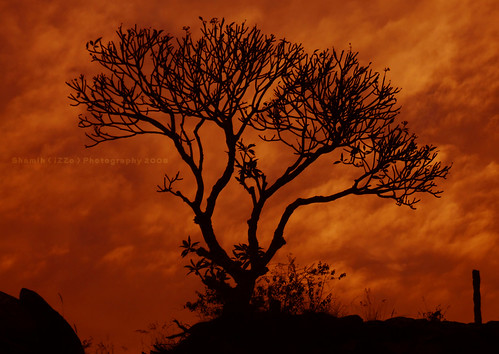
Silhouette in the Lonely World by Easa Shamih, on Flickr
3. Shoot Close or Go Wide
Try shooting at different focal lengths. Photograph at a wide angle and take in the entire scene or go close to isolate a specific part of the scene. Instead of capturing shots head-on as they appear in front of you, move around and find a fresh perspective to shoot from.
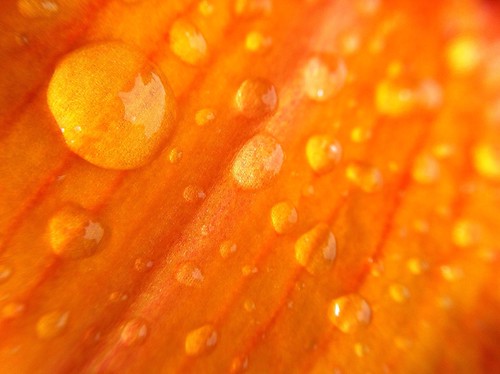
Drops On Bright Orange Flower by A Guy Taking Pictures, on Flickr
4. Capture Small Details
Sometimes, it's in the smallest of details that nature truly starts to reveal its majesty. Observe the scene minutely and keep your eyes open so you don't miss any chance. Whether it's small droplets shining like diamond or a leaf revealing its veins with the sun shining behind it, the opportunity can come in any form. Be patient and you will be rewarded.
World of dandelion by János Csongor Kerekes, on Flickr
5. Look for Patterns and Shapes
It would be an understatement to say that there are countless shapes and patterns that one can find in nature. The numerous shapes of flowers and the patterns they exhibit is an example. Move close to a tree in a forest and the trunk reveals intriguing textured patterns. Walk back a few steps and see it merge in a line of trees to reveal a different kind of pattern. Patterns are everywhere, and it's not too difficult to find one if you are observant. Lines, curves, spirals, triangles – you can find everything in nature. Silhouettes also work great in capturing a shape.
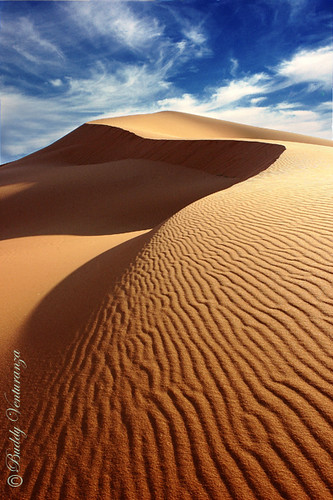
Sand Rivulets by Buddy Venturanza, on Flickr
6. Juxtapose Different Patterns
Once you've identified patterns, you can look for ways to juxtapose or blend multiple types of patterns in a single frame. Rows of silhouetted trees against a circular sun in the background is a case in point (lines and circles). Contrast increases when straight lines lead to or end in a curve. For example, a group of straight and curved leaves of grass, or straight leaves that end in a spiral (lines and curves). Another example is rivulets of sand against the gentle curves of dunes and clouds.
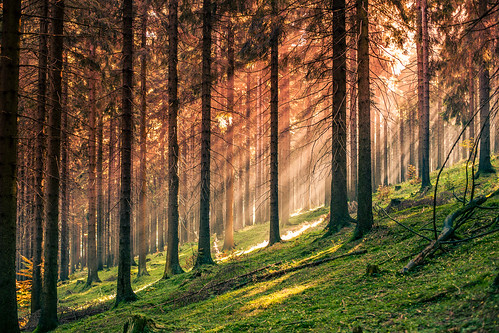
Magic Forest by *Light Painting*, on Flickr
7. Keep Simplistic Compositions
This goes along with point #2 mentioned above. Avoid distracting elements and keep the frame free of clutter. Anything that takes away from the main subject of the image can be excluded. Simple, clean frames can emphasize the subject. Simplistic does not necessarily imply minimalism though that's also a great way to create powerful photographs that highlight your subject. Shallow DoF can also help here.
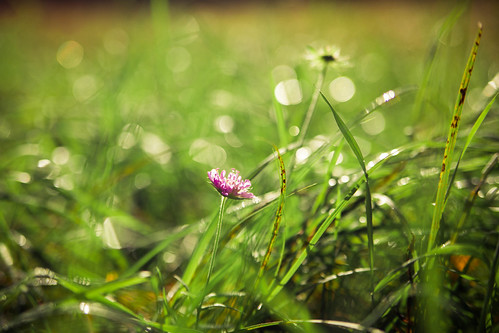
few weeks before the frost by Olga Kruglova, on Flickr
8. Photograph Textures
What is a texture, some may ask? Well, any surface that's not perfectly flat but has deviations in the form of patterns is a textured surface. When you photograph such surfaces, you are photographing textures. There is a fine line between textures and patterns (point #5 above). When viewed from a distance, the shapes that make a pattern grow less important whereas a texture is formed because of the overall impression of the pattern's surface. The veinous texture of a leaf, the rough texture of a bark of a tree, surface of a pond dimpled with leaves and twigs, abrasive sand surface are all examples of textures. Texture images are usually evocative and abstract.
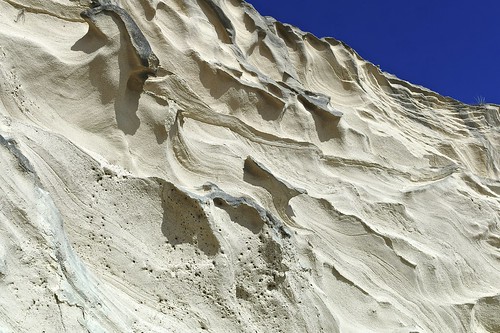
Rock erosion by Pedro Ribeiro Simões, on Flickr
9. Observe the Light
Light is photography. It's light that reveals or hides objects, creates shadows or make them disappear, and reveals various shapes. Light holds the key to creating vibrant images. Light intensity and quality can vary. It can be hard and directional, producing well-defined shadows, or it can be soft and diffused, producing softer shadows. Backlighting accentuates colors and can also be utilized for creating silhouettes and halos. Sidelighting, on the other hand, can emphasize textures through shadows.
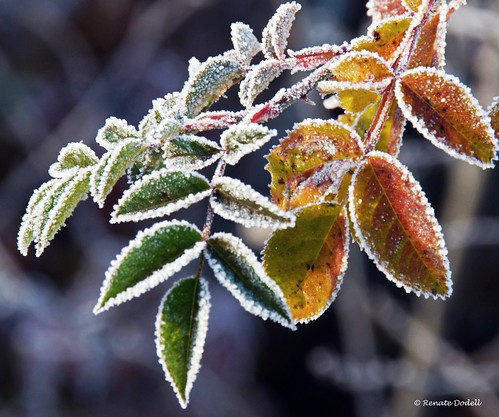
It gets cold by dorena-wm, on Flickr
10. Experiment
That's how you will get better photographs. Not sure what to experiment with? Well, the list can be practically endless. Long exposures, different angles and perspectives, extreme exposures, finding perfect symmetry, breaking the symmetry, selective focus, wide DoF, b&w processing, utilizing shadows, capturing scale and proportion, and everything else that you can think about. Good luck!
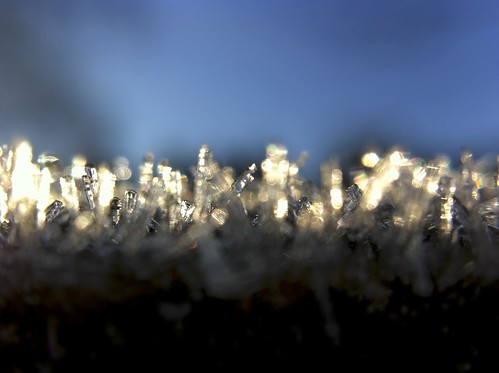
Ice Crystals In Morning Sunlight by A Guy Taking Pictures, on Flickr
Have something from your experiences to add to this list? Please share it in the comments below.

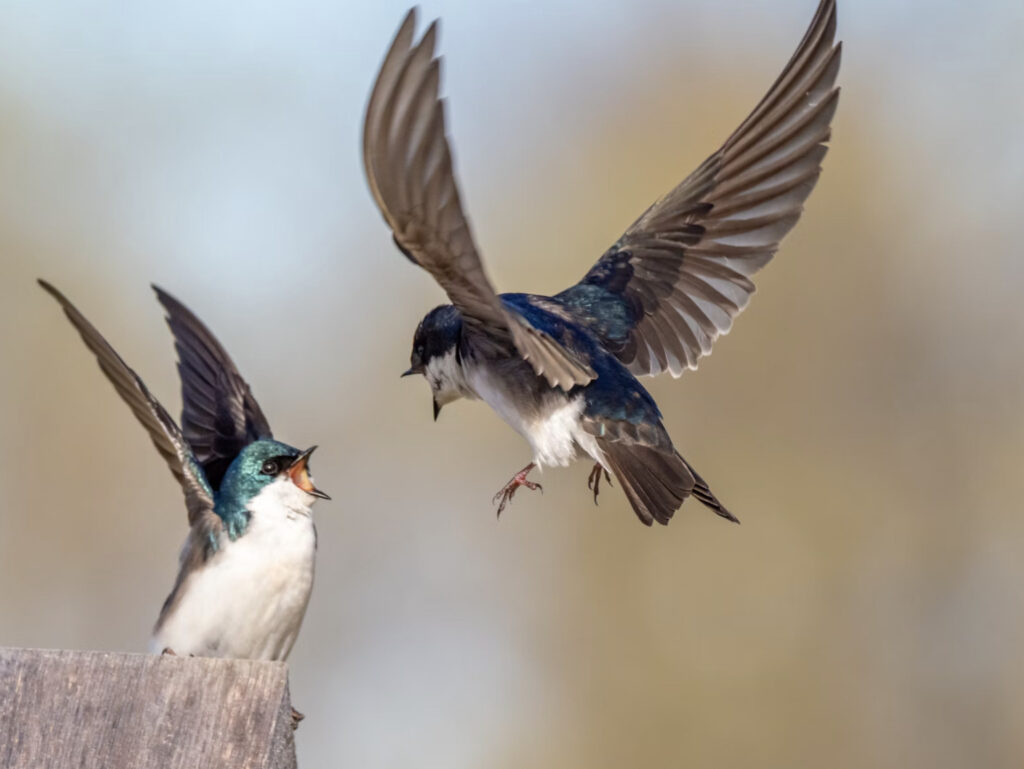
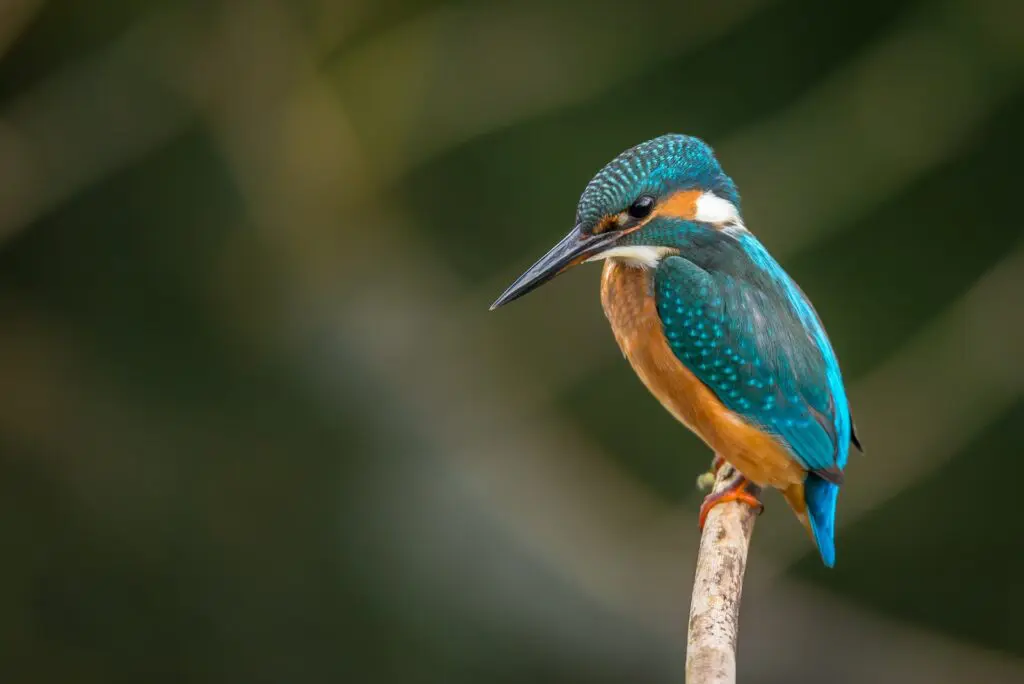
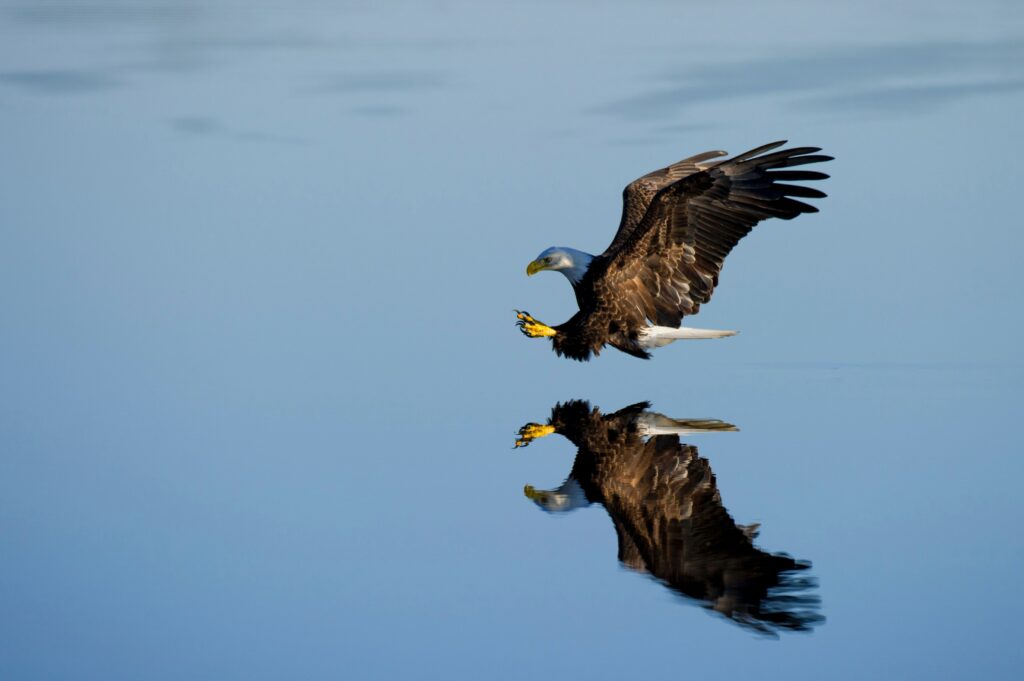
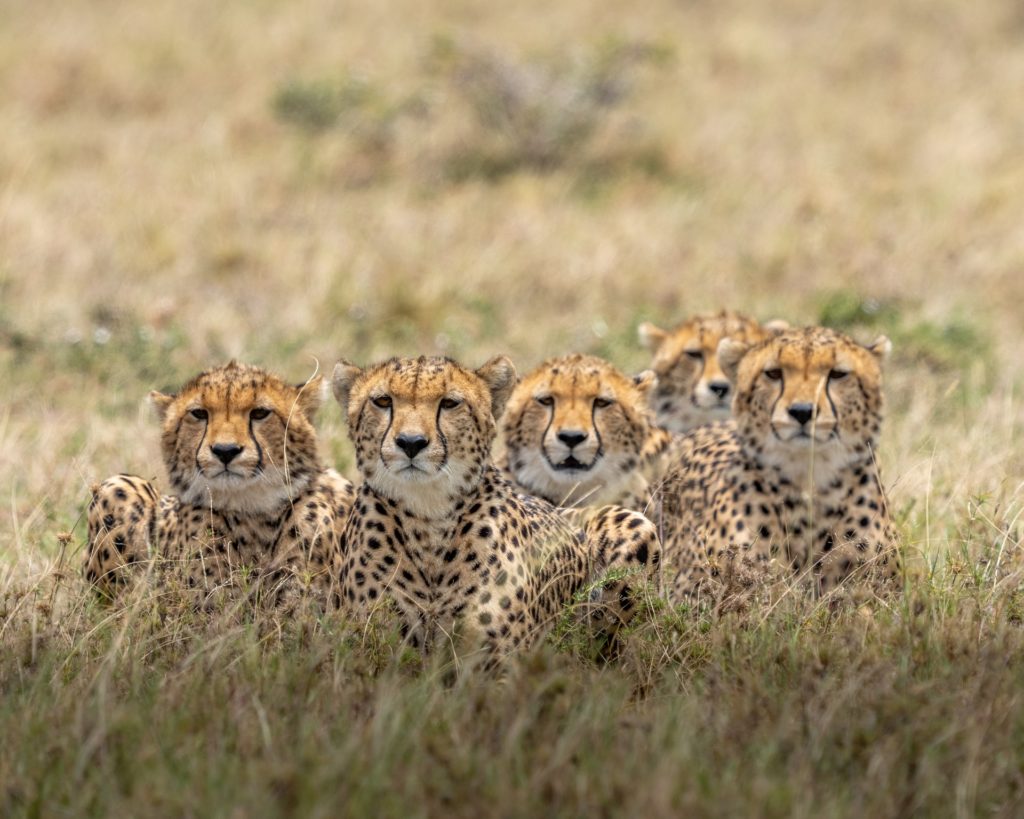
3 Comments
i find myself gravitating to capturing photos of the natural world more than any other, ill be sure to use the tips here. I like the idea of finding patterns and shape and using that to create interesting compositions. Thanks for some inspiration!!
These are all very helpful points and well worth taking the time to think about them before pressing the shutter. I try to follow them whenever I’m out shooting landscapes; you can see my images of Thailand’s ancient capital city here:
https://gonzalobroto.blogspot.com/2014/04/thailand-historical-parks-sukhothai-si.html
Some very wise words in this post. It’s a good reminder about expanding photographic possibilities.